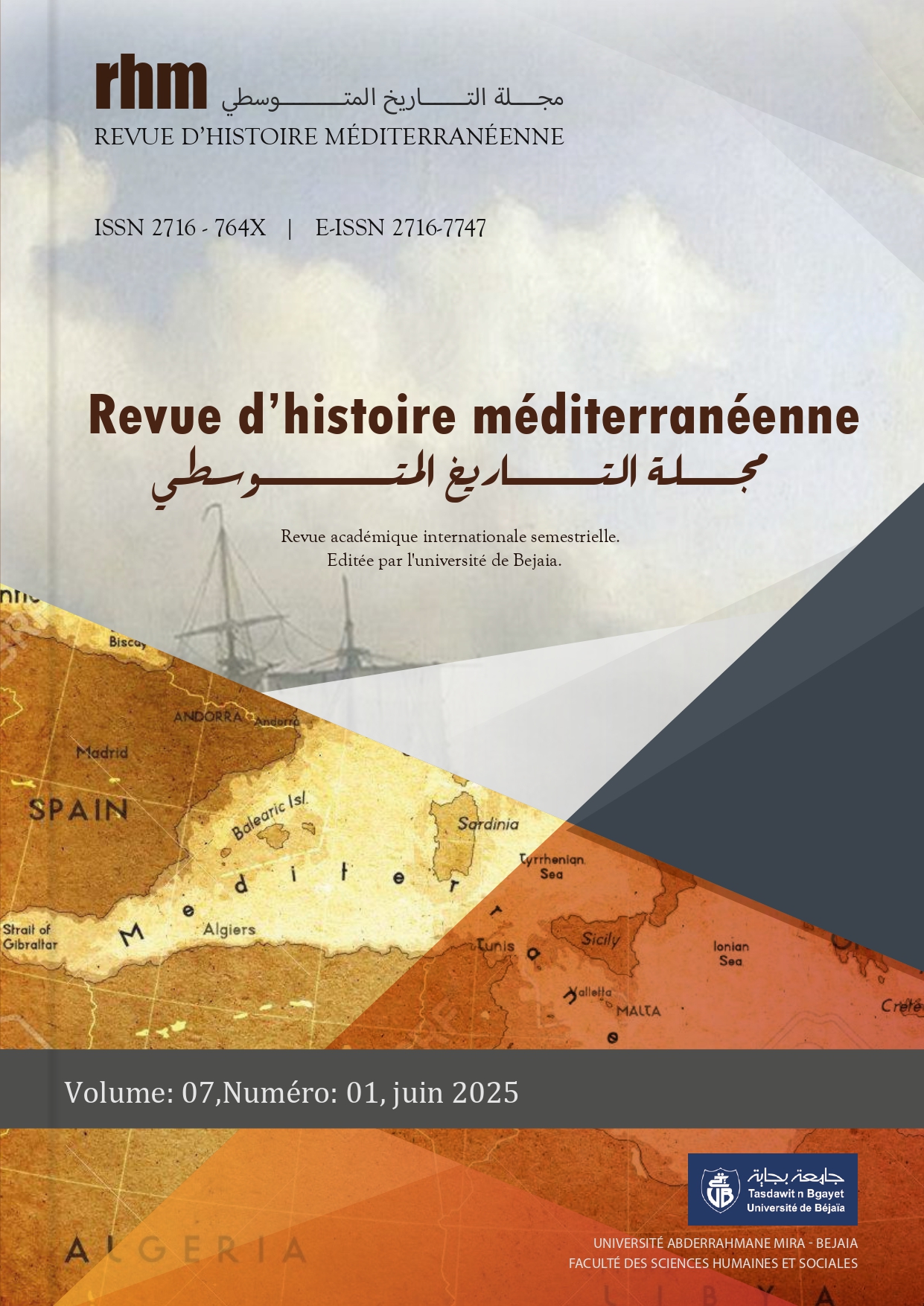الجريمة و العقاب بالمغرب الأوسط في العصر الوسيط من ق7 إلى 10 ه( 13 -16م): محاولة لقراءة التاريخ من خلال النص الفقهي و المتون النصية في الحوليات التاريخية
Résumé
نحاول في هذا المقال معالجة موضوع هام غيب في الدراسات التاريخية الخاصة بتاريخ المغرب الأوسط (الجزائر) في العصر الوسيط ألا وهو موضوع "الجريمة و العقاب "خلال الحقبة التاريخية الممتدة من القرن السابع الهجري إلى القرن العاشر الهجري، ونسعى فيه إلى الجمع بين نصوص الفقه و التاريخ أي بين المادة التي توفرها كتب النوازل و الفتاوى و المتون النصية الواردة في كتب حوليات التاريخ، فكتب النوازل و الأحكام و الفتاوى تعتبر مصدرا أساسيا لإعادة صياغة البحث التاريخي للمغرب الأوسط في العصر الوسيط، حيث شكلت الموضوعات الجنائية فيها حيزا كبيرا .
وبالرغم من وجود نصوص فقهية في كتب النوازل والفتاوى أفتى بها فقهاء الغرب الإسلامي في العصر الوسيط حول الجرائم والعقوبات، فإن مصادر التراث التاريخي أغفلت تناول هذا الموضوع مما جعله نسيا منسيا في هذه المصادر، حيث تغيب الكتابات عنه عند المؤرخين المسلمين القدامى. و من هنا يمكننا طرح الإشكالية التالية :ما مدى قدرة النصوص الفقهية في تزويدنا بمعلومات تاريخية عن الجرائم السائدة في المغرب الأوسط و العقوبات المطبقة خلال هذه الفترة؟ وهل شملت المادة الواردة فيها كل فئات المجتمع، أم اقتصر الأمر على فئات معينة دون الأخرى؟
واعتمدت في بحثي على مصادر و مراجع عليقة بموضوع البحث، ومن أهم المصادر التي أثرت موضوع البحث نذكر كتاب "المعيار المعرب والجامع المغرب عن فتاوى أهل افريقية والأندلس والمغرب" لأحمد بن يحي الونشريسي، و أبو يحي عيسى يحي بن عيسى في كتابه المهذب الرائق في تدريب الناشئ من القضاة وأهل الوثائق، و "كتاب تحفة الناظر وغنية الذاكر في حفظ الشعائر والنهي عن المناكر"، للعقباني أبو عبد الله ، تحقيق علي الشنوفي.
ومن المراجع المهمة التي اعتمدت عليها والتي أفادت البحث كثيرا نذكر "الجرائم والعقوبات في المجتمع الصليبي في بلاد الشام في القرن6-7ه-12-13م " لأحمد عبد الواحد أحمد، بالإضافة إلى ذلك استعنت بكتاب" النوازل الفقهية والتاريخ-إمكانيات الاستغلال وصعوبة التوظيف من خلال نوازل الجزائريين" للأستاذ بلبشير عمر، وكذلك كتاب "النوازل الفقهية والمجتمع، أبحاث في تاريخ الغرب الإسلامي، من القرن6ه إلى 9ه/12-15م" للأستاذ فتحة محمد.
اعتمدت في بحثي على المنهج السردي و الوصفي الذي من خلالهما تمكننا من معرفة أسباب الجريمة و الأحكام العقابية و تطبيقيها.
هذا وخلصت الدراسة إلى جملة من النتائج تتمثل أهمها في أن الصراعات بل و الحروب فيما بين أفراد الأسرة الحاكمة الزيانية، و محاولة إحكام قبضتهم على السلطة في تلمسان أضعف كيان الدولة و أثر سلبا على استتباب الأمن داخل مجتمع المغرب الأوسط ،مما أدى إلى المزيد من الجرائم التي شهدتها عاصمة الدولة الزيانية.كما أن ارتفاع عدد العاطلين عن العمل، و كثرة الفقراء ،و المتسولين و البؤساء و الدهماء داخل المجتمع الزياني بالمغرب الأوسط ،أدى إلى كثرة جرائم السرقة. ضف إلى ذلك أن العوامل الاجتماعية التي وجدت بالمغرب الأوسط خلال هذه الفترة ساعدت على انتشار الجرائم كما أن مجتمع المغرب الأوسط في العصر الوسيط عرف مختلف أنواع من الجرائم على غرار باقي المجتمعات البشرية الأخرى.










